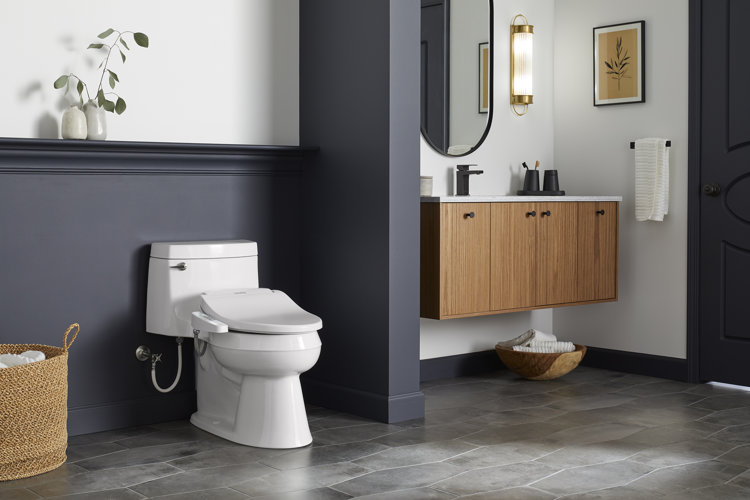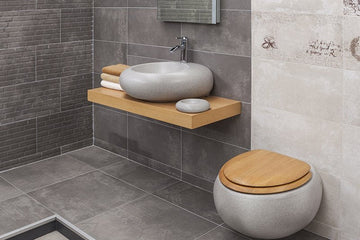In recent years, innovative mobile toilets have emerged as a game-changing solution in the sanitation industry. With increasing urbanization and the need for sustainable infrastructure, these mobile toilets offer a flexible and efficient alternative to traditional sanitation facilities. But what exactly makes these mobile toilets so innovative? Let's delve into the specifics and explore how they're transforming the sanitation landscape.
The primary goal of these innovative mobile toilets is to provide accessible and hygienic sanitation solutions in areas where traditional infrastructure is lacking. This is particularly crucial in developing regions, disaster-hit areas, and large public events where rapid deployment of sanitation facilities is necessary. By focusing on sustainability, efficiency, and user-friendliness, these mobile toilets are not just a temporary fix but a long-term solution to a pressing global issue.

Key Features of Innovative Mobile Toilets
1. Sustainability and Eco-Friendliness
One of the most significant features of innovative mobile toilets is their sustainable design. These toilets often incorporate water-saving technologies and solar-powered systems to reduce their environmental impact. For instance, some models utilize vacuum flush systems that significantly reduce water usage compared to conventional toilets. Others might incorporate composting mechanisms that convert waste into fertilizer, promoting recycling and reducing the need for chemical waste treatment.
Furthermore, these mobile toilets often feature materials that are environmentally friendly, such as recycled plastics and biodegradable components. This commitment to sustainability is crucial in reducing the carbon footprint of sanitation facilities and promoting a greener future.
2. Advanced Hygiene and Sanitation
Hygiene is a top priority for any sanitation facility, and innovative mobile toilets are no exception. These toilets are equipped with advanced sanitation technologies that ensure a clean and safe environment for users. Self-cleaning features, touchless operations, and antimicrobial surfaces are just a few examples of how these toilets maintain high hygiene standards.
Moreover, some models are designed with built-in disinfection systems that automatically sanitize the toilet after each use, ensuring a germ-free experience for every user. This is particularly important in public settings where the risk of disease transmission is high.
3. User-Friendly Design and Accessibility
Accessibility is a crucial aspect of any public facility, and innovative mobile toilets are designed with this in mind. These toilets often come with features that accommodate users with disabilities, such as spacious interiors, handrails, and wheelchair ramps. Additionally, the user-friendly design ensures that people of all ages and abilities can use these toilets with ease.
The incorporation of smart technology is another aspect that enhances user experience. Some mobile toilets are equipped with sensors that monitor usage and maintenance needs, providing real-time data to operators and ensuring that the facilities are always in optimal condition.
Impact on the Sanitation Industry
The introduction of innovative mobile toilets has had a profound impact on the sanitation industry. For one, they have expanded the possibilities for providing sanitation facilities in areas where traditional infrastructure is not feasible. This is particularly beneficial in remote or temporary locations, such as construction sites, outdoor festivals, and refugee camps.
Moreover, these mobile toilets have set a new standard for hygiene and sustainability in the industry. As more companies adopt these technologies, the overall quality and efficiency of sanitation facilities are expected to improve, benefiting communities worldwide.
Future Prospects and Developments
Looking ahead, the future of innovative mobile toilets is promising. With ongoing advancements in technology and growing awareness of environmental issues, we can expect further improvements in design, functionality, and sustainability. For instance, the integration of IoT technology could provide even greater insights into usage patterns and maintenance needs, leading to more efficient operations.
Additionally, as the demand for sustainable solutions continues to rise, manufacturers are likely to explore new materials and technologies that enhance the eco-friendliness of these toilets. This could include the use of renewable energy sources, biodegradable materials, and advanced waste treatment systems.
Conclusion
In conclusion, innovative mobile toilets represent a significant advancement in the sanitation industry. By prioritizing sustainability, hygiene, and accessibility, these toilets offer a viable solution to the global sanitation crisis. As technology continues to evolve, we can look forward to even more groundbreaking developments that will further revolutionize how we approach sanitation.
For more insights into the future of sanitation technologies, check out this [article](https://www.newscientist.com/gallery/unconventional-toilets/) on unconventional toilets around the world.

FAQs
1. What makes innovative mobile toilets different from traditional portable toilets?
Innovative mobile toilets incorporate advanced technologies and sustainable designs that improve hygiene, reduce environmental impact, and enhance user accessibility compared to traditional portable toilets.
2. How do these toilets contribute to sustainability?
These toilets often use water-saving technologies, solar power, and eco-friendly materials to minimize their environmental footprint, making them a more sustainable option.
3. Are innovative mobile toilets suitable for all environments?
Yes, these toilets are designed to be versatile and can be deployed in various settings, including urban areas, remote locations, disaster zones, and large public events.
This article contains affiliate links. We may earn a commission at no extra cost to you.






